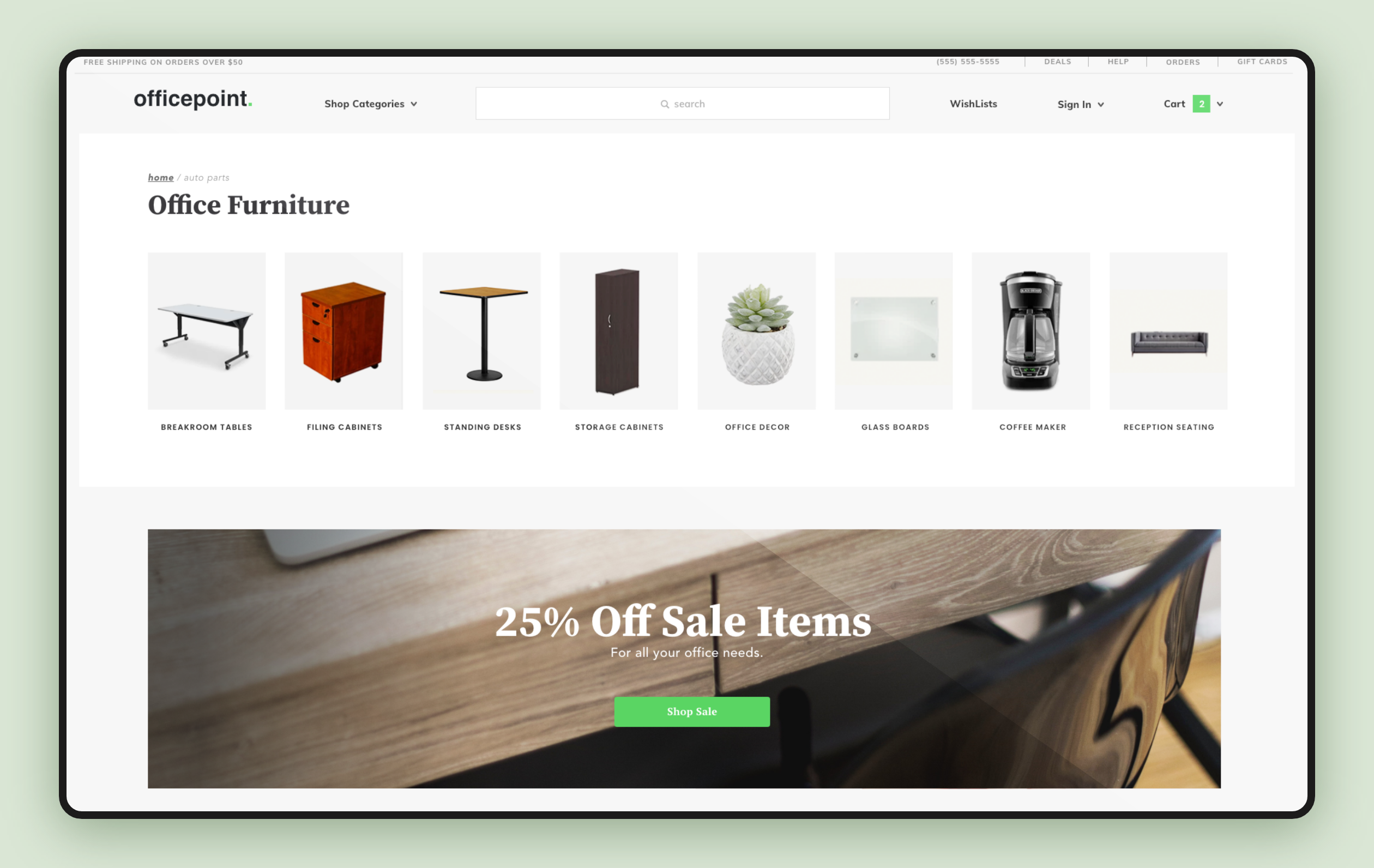By Miva | June 16, 2020

See why top ecommerce brands use Miva’s no-code platform to run
multiple stores, manage massive catalogs, and grow their revenue.
By Dori Salisbury, VP of Customer Success & Strategy, Searchspring
Even in a pre-COVID world, online retailers were feeling the pressure. Amazon and other large-scale retailers dominate ecommerce sales with low prices and fast deliveries. In most industries, brands also contend with competitors that sell a similar product at a similar price. How can direct-to-consumer retailers cut through the noise to establish their store as a customer’s preferred shopping destination?
The only way to truly differentiate in a saturated market is by creating an incredible customer experience. As a shopper navigates your ecommerce store and locates the products they’re looking for, they’re not just making a purchase. They’re getting a sense of whether your brand resonates with them, and deciding if your site is one they’ll return to.
By taking a user-centric approach to online merchandising, you can add a personal touch to every aspect of the shopping journey. With the right tools and tactics, brands can elevate a functional transaction to an enjoyable personal experience and give customers a reason to choose their store over the competition. Here are the questions you should ask when assessing your customer experience and developing your differentiation strategy.
Product discovery is one step in the shopping experience where direct-to-consumer (DTC) brands can shine. Sure, Amazon might have almost every product imaginable in stock, but can users find what they’re looking for? The search and navigation on many large-scale marketplaces tends to be pretty poor, with confusing facets and irrelevant results. This presents an opportunity for DTC brands to excel.
Your site navigation should unobtrusively guide shoppers to the category pages and products they’re looking for. When a customer searches for a specific item, does your site return the results they expect? Or are they met with irrelevant suggestions? If your products can’t be found quickly, you might as well not have them in stock at all. Ensure your search and navigation experience is optimized to reflect your customer behavior—your site reports are a good place to start.
Other common product discovery pitfalls include prioritizing products that are out of stock, displaying the same old inventory to returning visitors, and failing to group complementary products, brands, or accessories together. Don’t make shoppers work to find what they’re looking for. By implementing rule-based merchandising, retailers can dynamically update their product displays to overcome these issues with minimal manual intervention.
Up next are promotional tactics that boost your average order value (AOV). We’ve all been frustrated by ecommerce sites that recommend products we’ve already purchased, or push irrelevant suggestions simply because they have a higher price point. With strategic merchandising, DTC brands can promote products that shoppers are actually interested in and provide recommendations in a natural, helpful way.
Dive into your site reporting for insights into the best products to recommend to shoppers and make sure to boost your best sellers, trending products, and new arrivals. Frequently updating your site merchandising keeps returning visitors engaged and generates a buzz around the latest or most popular stock.
Don’t forget to incorporate your latest marketing campaigns in your on-site merchandising. If you’re running special offers or sales, do your shoppers know about them? Display promotional banners and badges, and leverage boosting rules to ensure the shopping journey reflects any campaigns you’re running. Consistency across all of your brand touchpoints creates a coherent customer experience and reinforces your messaging.
The final touches to your customer experience strategy should address any lingering doubts that shoppers might have about completing a purchase. Ensure your product descriptions are informative, display reviews from other customers, and feature user-generated content for added reassurance.
Provide multiple contact options for customers who have additional requests and be visibly active on your social channels. Preempt questions with detailed FAQ pages and be clear and upfront with your shipping costs and return policies. Enable content search for common queries so that when a customer heads to your search bar looking for delivery timelines, they land on a relevant page instead of “no results found”.
Shoppers should gravitate toward your ecommerce store. Marketplaces might seem convenient, but they will never be able to deliver a personal, curated experience, or build a community that their customers are proud to belong to. Only authentic brands that truly engage their shoppers have the ability to do that. By delivering a customer experience that allows shoppers to actually enjoy the process of making a purchase, you can organically draw customers back to your store again and again.
Ready to dominate direct-to-consumer ecommerce and connect with customers? Download our whitepaper.
Share this article:
No worries, download the PDF version now and enjoy your reading later...
Download PDF Miva
Miva
Miva offers a flexible and adaptable ecommerce platform that evolves with businesses and allows them to drive sales, maximize average order value, cut overhead costs, and increase revenue. Miva has been helping businesses realize their ecommerce potential for over 20 years and empowering retail, wholesale, and direct-to-consumer sellers across all industries to transform their business through ecommerce.
Visit Website